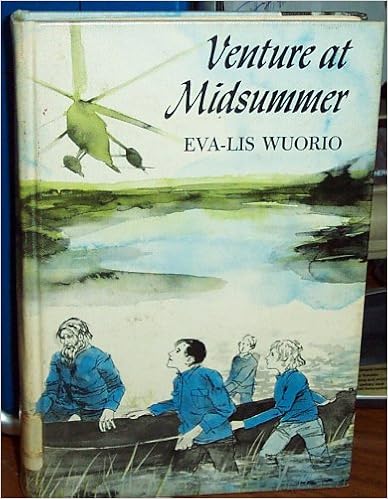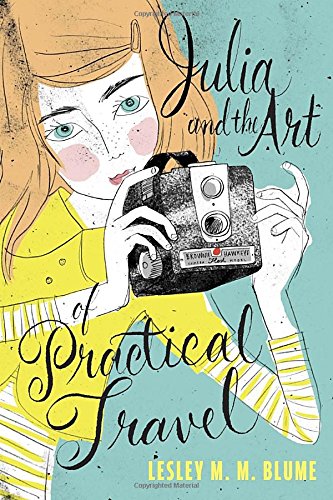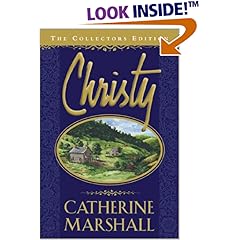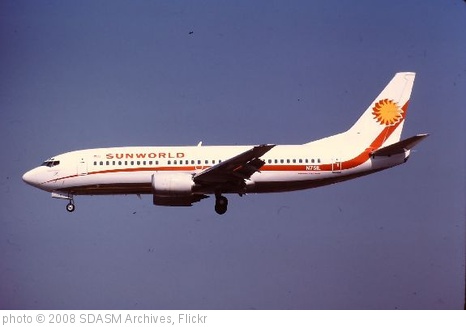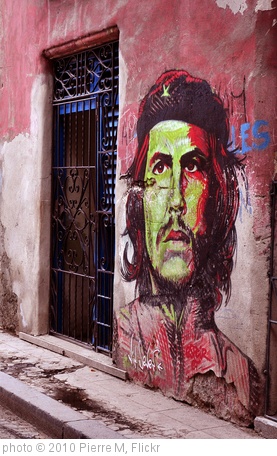So, here’s the backstory for this famous YA novel, according to Wikipedia:
The Outsiders is a coming-of-age novel by S. E. Hinton, first published in 1967 by Viking Press. Hinton was 15 when she started writing the novel, but did most of the work when she was 16 and a junior in high school. Hinton was 18 when the book was published. The book follows two rival groups, the Greasers and the Socs (pronounced by the author as soshes, short for Socials), who are divided by their socioeconomic status. The story is told in first-person narrative by protagonist Ponyboy Curtis. The story in the book takes place in Tulsa, Oklahoma, in 1965, but this is never stated in the book.
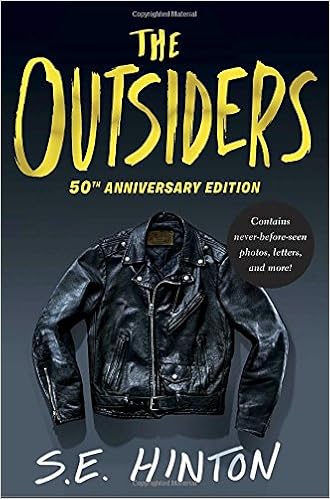 I read this book a long time ago, probably when I was in high school. This year, by the way, is the fiftieth anniversary of its publication date. Now, reading it forty or more years later for me, I am struck by several things about the novel and its author:
I read this book a long time ago, probably when I was in high school. This year, by the way, is the fiftieth anniversary of its publication date. Now, reading it forty or more years later for me, I am struck by several things about the novel and its author:
First, like everyone else, I am surprised and impressed that this book was written by a teenage girl. It’s a bit melodramatic, I suppose, but the voice of Ponyboy, a fourteen year old boy from the wrong side of the tracks, is pitch-perfect. I don’t think anyone would guess, who didn’t know already, that S.E. Hinton was a teenage girl.
Second, the book is about boys who are gang members from the lower socioeconomic class in a town in Oklahoma. The only thing Ms. Hinton had in common with her characters was her hometown: Tulsa, Oklahoma. I’m fairly sure from reading her bio that Susan Hinton would have been more of a “Soc” than a “Greaser” when she was in high school. And yet she doesn’t make her Greaser characters into stupid stereotypes or even air-brushed, sympathetic victims. They are both criminals, to some extent, and scared kids.
Third, I grew up in West Texas in the 1960’s and 70’s, and although there were several social groups in my high school, I could identify with the social and socioeconomic tension between the two groups in this novel. We had what we called “rich kids” who held all of the leadership positions in the high school, were featured in the yearbook, and often spent their weekends partying and getting drunk. Then, there were the druggies, the goat-ropers or kickers, the band kids, and the smart kids. And the Hispanic kids mostly stuck together, as did the black kids. There was some overlap in the groups, but Hinton’s picture of poor kids and rich kids not understanding each other and not associating with one another is pretty accurate.
I watched the movie based on this book after I re-read it, and I would say that the movie script stayed very close to the book. I’m not sure that was a good thing because even though I didn’t get the sense of melodrama and sentimentality when I was reading the book, I did get that sense from the movie. I’m not sure why. Watch the movie along with Rebel Without a Cause and West Side Story to get a feel for the Hollywood version of the rise of youth culture and youth rebellion in the fifties and sixties in the United States. If all of the kids weren’t exactly as alienated and rebellious as the kids in those movies and in this book, many of them were.
Anyway, The Outsiders is a good book, a tear-jerker, but also thought-provoking.
